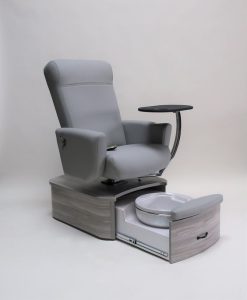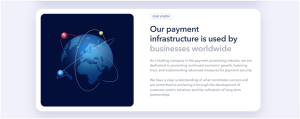Logo Design Process From Start To Finish – Tribune Zone
Logos are an essential part of brand identity
A well-designed logo can make a brand stand out and leave a lasting impression on its customers. However, creating a logo isn’t just about designing a pretty picture. It requires careful consideration of the brand’s values, target audience, and industry trends. In this article, we will explore the logo design process from start to finish.
The logo design process is not something that can be done overnight. It requires careful planning, research, and creativity to create a logo that accurately represents your brand and resonates with your target audience. In the following sections, we will delve deeper into the various stages involved in designing a logo.
Research and Analysis
Before you start sketching or conceptualizing, it’s crucial to conduct research and analyze the market and competition. Look at other logos in your industry and see what works and what doesn’t. Identify your target audience and their preferences, values, and beliefs. Ask yourself what your brand stands for, what makes it unique, and how you want to be perceived by your customers.
Defining Your Brand
Once you have conducted research and analyzed the market, it’s time to define your brand identity. Your logo should align with your brand’s personality, values, and vision. Create a brand positioning statement and a brand strategy document that outlines your brand’s voice, tone, and messaging. This will serve as a reference point during the logo design process and help you stay on track.
Sketching and Conceptualizing
With your research and branding defined, it’s time to start sketching and conceptualizing. Begin by sketching out rough ideas, and exploring different shapes, symbols, and typography options. Don’t limit yourself to the computer; pen and paper are often the best tools to start with. Brainstorm and iterate until you have a few solid concepts to develop further.
Choosing the Right Typeface and Color Scheme
Once you have some concepts to work with, choose the right typeface and color scheme that aligns with your brand’s personality and target audience. The typeface you choose should be legible, timeless, and appropriate for your brand. The color scheme should be consistent with your brand’s messaging and evoke the right emotions.
Also Read:- Gemstone Jewelry For Nurturing Love In Life
Refining the Design
With your typeface and color scheme in place, refine your design by testing it in different sizes and formats. Evaluate the design for simplicity, scalability, and versatility. Your logo should be recognizable, even in small sizes or when printed in black and white.
Finalizing the Logo
After refining the design, it’s time to finalize your logo. Make sure it’s in vector format, so it’s easily scalable and can be used in various applications. Consider trademarking your logo to protect it from infringement and plagiarism. Get feedback from stakeholders, clients, and employees to ensure it resonates with your target audience.
Applications and Usage
Your logo is not just for your website or business card; it should be used consistently across all marketing materials and touchpoints. Create a branding guide that outlines how to use your logo in different applications, such as social media, advertising, and merchandise
Conclusion
Creating a logo involves multiple phases, from research and briefing to implementation and launch. Each phase is critical and requires careful consideration and attention to detail. A well-designed logo is a powerful asset that can help a brand establish a unique identity and stand out from its competition.
FAQs
- What is the average time taken to design a logo?
The time taken to design a logo varies depending on the project’s complexity and the designer’s expertise. On average, it takes around 2-4 weeks to design a logo.
Author Bio
I am Zoya Arya, and I have been working as Content Writer at Rananjay Exports for past 2 years. My expertise lies in researching and writing both technical and fashion content. I have written multiple articles on Gemstone Jewelry like Opal Ring and other stones over the past years and would love to explore more on the same in future. I hope my work keeps mesmerizing you and helps you in the future.






